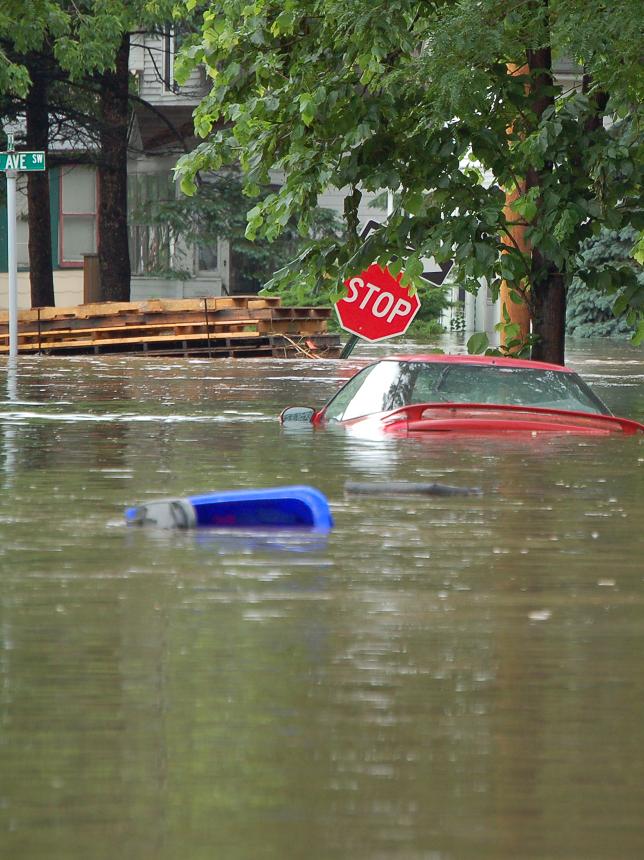After several major snowstorms this winter and the damage caused by Hurricane Sandy last fall, it seems like natural disasters are on everyone’s minds. So, it is not surprising that the National Oceanic and Atmospheric Administration (NOAA) and Federal Emergency Management Agency (FEMA) are teaming up to highlight flood risk as part of Flood Safety Awareness Week.
Building managers in particular need to be concerned about flooding as it can lead to costly repairs or even loss of life. The federal agencies stated that it was essential that everyone be aware of the dangers that flood waters can present and take steps to keep their persons and properties safe.
“Flooding is dangerous and costly, killing nearly 100 people and causing an average of eight billion dollars in property damage in the United States each year,” said Louis Uccellini, director of the National Weather Service. “A weather-ready nation is a prepared nation; one that will reduce flood losses by planning ahead, staying abreast of weather forecasts and heeding the warnings.”
Take steps to protect buildings
Awareness can help building managers properly prepare in advance of major storms. Inspecting properties’ drainage systems and removing clogs can dramatically reduce the chances of localized flooding. Similarly, commercial properties located near streams or other water ways should ensure there are no obstacles downstream that could hamper the flow of water. Proper landscaping to remove deadfall and trash that can block drainage pipes or river beds is an essential spring project as snow melt increases the chances of flooding.
News and other information about local conditions can ensure that property managers are prepared if flooding does occur. Some areas are prone to flooding and may require special preventive measures such as sandbags, concrete barriers or additional drainage. These methods can be costly to implement, but it could prevent significant damage to buildings.
Being ready when flooding does occur
Water is extremely harmful to buildings, causing wood rot, dangerous electrical issues and leading to mold that can create respiratory problems. Every building should be equipped with high powered air blowers to help dry carpets, rugs and other areas. This equipment can serve double duty during winter storms by protecting entryways from becoming over saturated by ice and water tracked in by visitors, so their purchase could provide a good return on investment.
Any equipment that is used for emergency situations should undergo regular inspections to ensure they are in working condition when needed. Building management software makes it easier to track when inspections and maintenance are done. The programs also improve the management of repairs following an emergency. Quickly replacing flooring or other features exposed to flood water could prevent mold from spreading and creating bigger problems down the road.
Even small floods should be taken seriously as they can lead to extensive damage if left unchecked. Fortunately, proper planning and quick thinking could help building managers protect their properties from significant, long-lasting harm.












